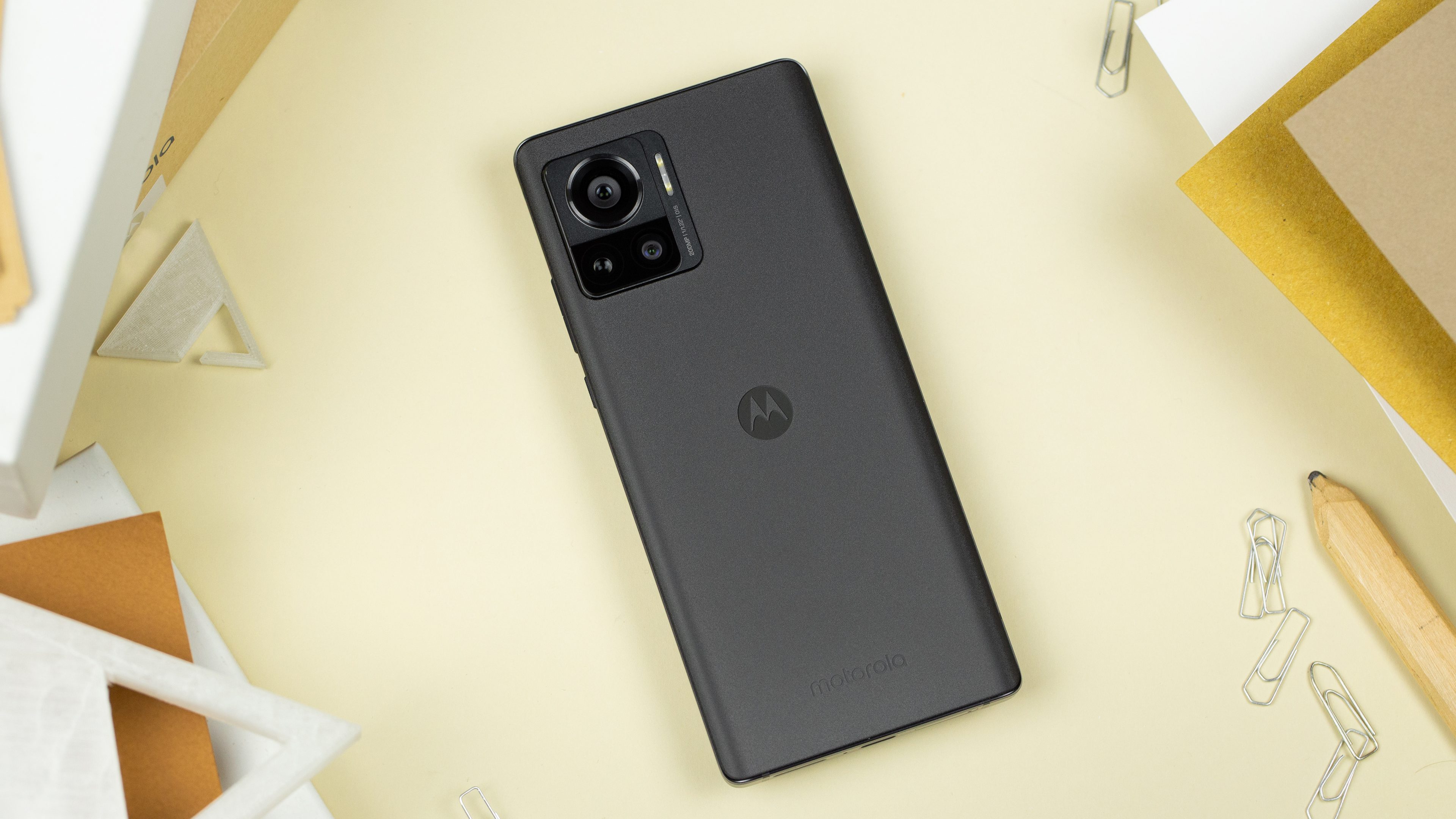
Google’s newly-released chatbot, Bard, lacks pizazz, to say the least. The company’s CEO, Sundar Pichai, addressed these concerns on the New York Times‘ Hard Fork podcast(Opens in a new tab) Thursday. While acknowledging that Bard has its weaknesses, Pichai claimed that an injection of raw power was imminent.
In Mashable’s own tests of Bard, the chatbot’s answers could indeed be a letdown — bland and terse when what we were specifically asking for was something spicy and creative. However, in some areas we appreciated its no-nonsense explanations, and we even noticed the potential for something great in its direct-but-counterintuitive answers to tough questions.
ChatGPT banned in Italy
Pichai explained on Hard Fork, “We knew when we were putting Bard out we wanted to be careful. It’s the beginning of a journey for us. […] Since this was the first time we were putting out, we wanted to see what type of queries we would get. We obviously positioned it carefully.”
And in fairness, the word “Bard” in the logo on the Bard homepage(Opens in a new tab) is followed immediately by the word “experiment.” The blog post(Opens in a new tab) announcing Bard called it, “an early experiment that lets you collaborate with generative AI.” Yet, the public didn’t dial its expectations to exactly the level Pichai intended, he explained.
“We tried to prime users to its creative collaborative queries,” he said, “but people do a variety of things. I think it was slightly maybe lost. […] So in some ways, we put out one of our smaller models out there, what’s powering Bard. And we were careful.”
Pichai likened Bard to a “souped-up Civic” in a race against hotter sports cars. That’s an odd appeal to Google’s humility that may not win your sympathies if you consider that Google has been accused by the Justice Department of monopolistic business practices, and that its parent company Alphabet is one of Fortune Magazine‘s top 10 most powerful companies(Opens in a new tab) in the world.
In any case, here’s the good news for all Bard fans out there: Pichai says the chatbot is about to get upgraded to a new model soon, like, really really soon. “We clearly have more capable models. Pretty soon, maybe as this goes live, we will be upgrading Bard to some of our more capable PaLM models, so which will bring more capabilities, be it in reasoning, coding. It can answer math questions better. So you will see progress over the course of next week.”
Naturally, Pichai hedged a bit, explaining that safety and user experience are of paramount concern. “We are all in very, very early stages. We will have even more capable models to plug in over time. But I don’t want it to be just who’s there first, but getting it right is very important to us.” Translation: Don’t expect the upgrade to burst onto the metaphorical court and dunk on the current metaphorical Lebron James of large language models: GPT-4.
Tweet may have been deleted
(opens in a new tab)
(Opens in a new tab)
Google’s attempts to keep expectations low in this area are probably wise, given the recent accusations that the company is training its models on outputs from ChatGPT — which Google denies(Opens in a new tab). Training a large language model on outputs from someone else’s large language model is a little like photocopying a map and calling yourself a cartographer — not a good look.
Pichai also hinted at a not-too-distant future where powerful, personalized models exist for every user. “In some ways, [a personalized model] is what we envisioned when we were building Google Assistant. But we have the technology to actually do those things now.” So keeping in mind that Bard is owned by the company that owns or develops the products billions of people(Opens in a new tab) use to organize their lives, it’s probably not wise count out Google as an eventual heavy-hitter in the chatbot world.






